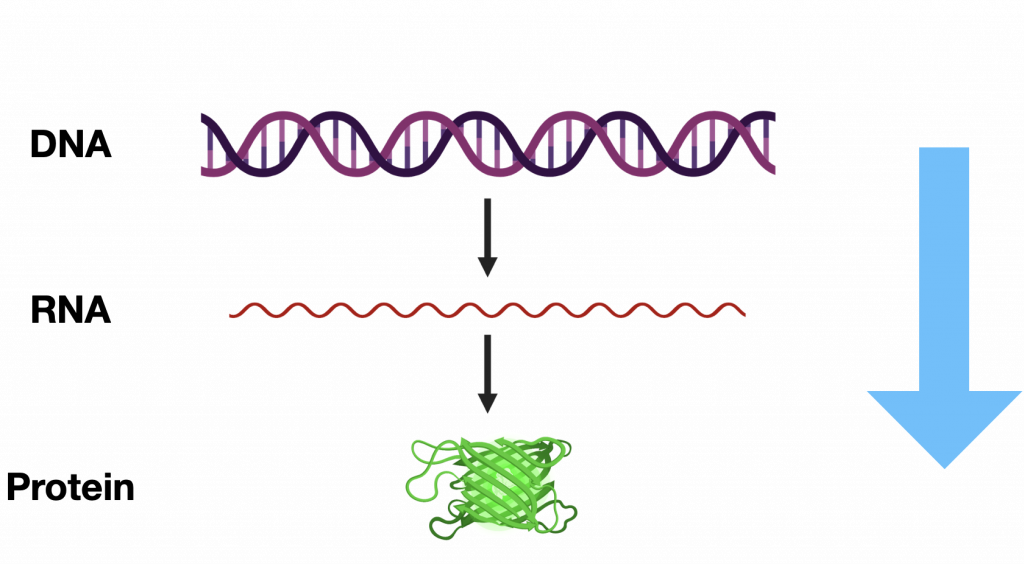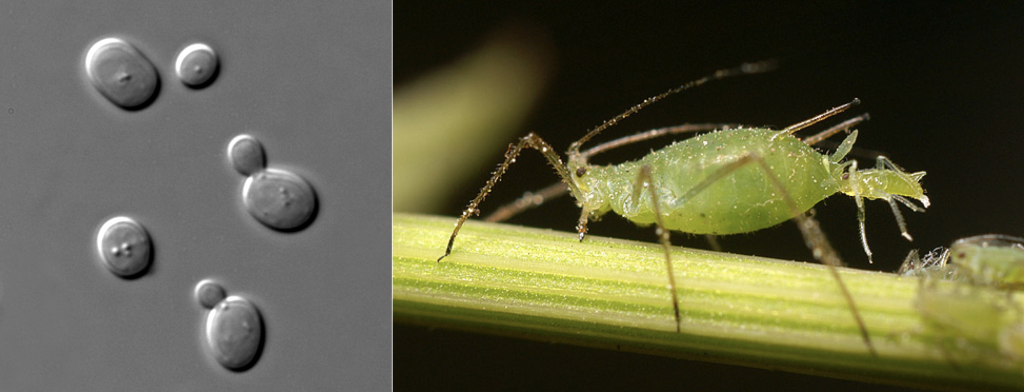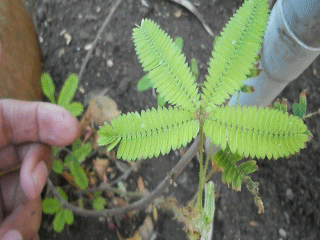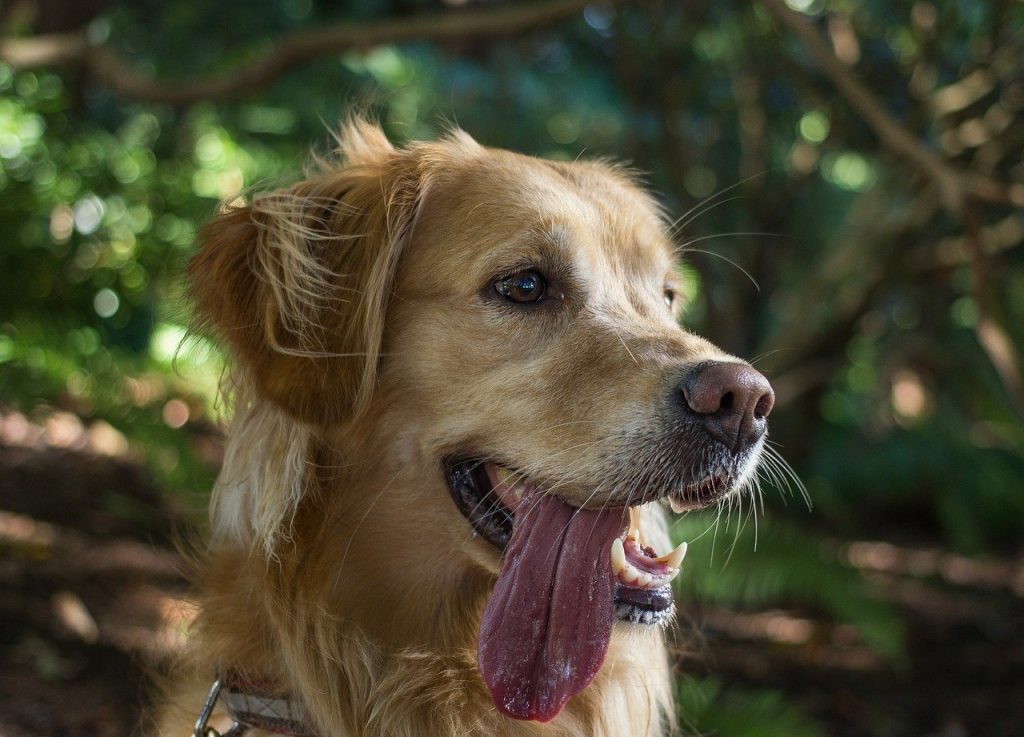1.3 Properties of Life
Properties of Cellular Life
Biology is the science that studies life, but what exactly is life? This may sound like a silly question with an obvious response, but it is not always easy to define life. There are many definitions, and none of them is universally agreed upon. For example, some scientists consider viruses to be alive, whereas others do not. Viruses exhibit some properties of cellular life, but not others.
If we consider only living beings that are composed of one or more cells, we can make a list of properties generally shared by cellular life forms. This list varies from textbook to textbook. We will consider the following properties of cellular life:
Life is membrane-delimited
All cells are enclosed within a plasma membrane, which is primarily composed of phospholipids. This membrane separates the cell from its environment. The plasma membrane also regulates what enters and exits the cell. Membranes are semi-permeable, which means that they allow some substances to cross the membrane, but not others. The plasma membrane also has a role in communication between the interior of the cell and the environment.
Life stores, exchanges, and uses information
All biological systems must store and use information. For example, genetic information is stored in the molecules of deoxyribonucleic acid (DNA) that comprise the genome of the organism. This information is used to produce ribonucleic acid (RNA), which is translated by ribosomes into proteins. Proteins are absolutely essential for life and participate in nearly every cellular function.

Life self replicates
Organisms self replicate, meaning they produce offspring of the same species. When reproduction occurs, DNA containing genes are passed along to an organism’s offspring. These genes ensure that the offspring will belong to the same species and will have similar characteristics, such as size and shape. Some organisms reproduce asexually; others reproduce sexually.

Life stores and uses energy
All organisms use a source of energy for their metabolic activities. Some organisms perform photosynthesis — they capture energy from the sun and convert it into chemical energy. Others use chemical energy in molecules they take in as food. Organic molecules, such as carbohydrates, are broken down in a controlled fashion in order to produce adenosine triphosphate (ATP), which is used by cells to do work. ATP is sometimes called the “energy currency of the cell” because cells transform energy into the chemical energy of ATP, then use the energy stored in ATP to power reactions that require energy.
Life responds to the environment
Organisms respond to diverse stimuli. For example, plants can bend toward a source of light, climb on fences and walls, or respond to touch. Even tiny bacteria can move toward or away from chemicals (a process called chemotaxis) or light (phototaxis).

Life regulates its own functions
In order to function properly, cells require appropriate conditions such as proper temperature, pH, and appropriate concentration of diverse chemicals. These conditions may, however, change from one moment to the next. Organisms are able to maintain internal conditions within a narrow range almost constantly, despite environmental changes, through homeostasis (literally, “steady state”). For example, an organism needs to regulate body temperature through the thermoregulation process. Organisms that live in cold climates, such as the polar bear, have body structures that help them withstand low temperatures and conserve body heat. Structures that aid in this type of insulation include fur, feathers, blubber, and fat. In hot climates, organisms have methods (such as perspiration in humans or panting in dogs) that help them to shed excess body heat.

Life evolves
All living organisms exhibit a “fit” to their environment. Biologists refer to this fit as adaptation, and it is a consequence of evolution by natural selection, which operates in every lineage of reproducing organisms. Examples of adaptations are diverse and unique, from heat-resistant Archaea that live in boiling hotsprings to the tongue length of a nectar-feeding moth that matches the size of the flower from which it feeds. All adaptations enhance the reproductive potential of the individuals exhibiting them, including their ability to survive to reproduce. Adaptations are not constant. As an environment changes, natural selection causes the characteristics of the individuals in a population to change as well.
structure that separates the interior of the cell from its environment
a lipid that has a hydrophobic tail made of two fatty acids, and a hydrophilic head containing a phosphate group. The head and tail are linked by glycerol.
a property of membranes; allowing some substances to pass through a membrane, but not others
nucleic acid that stores genetic information in its sequence of nucleotides
a nucleic acid that is involved in gene expression and regulation
cellular structure that synthesizes proteins
biological macromolecule made of amino acids; essential for cellular function
process of converting light energy into chemical energy
the energy currency molecule of cells; provides energy for most biological reactions that require an input of energy
ability of an organism to maintain constant internal conditions

